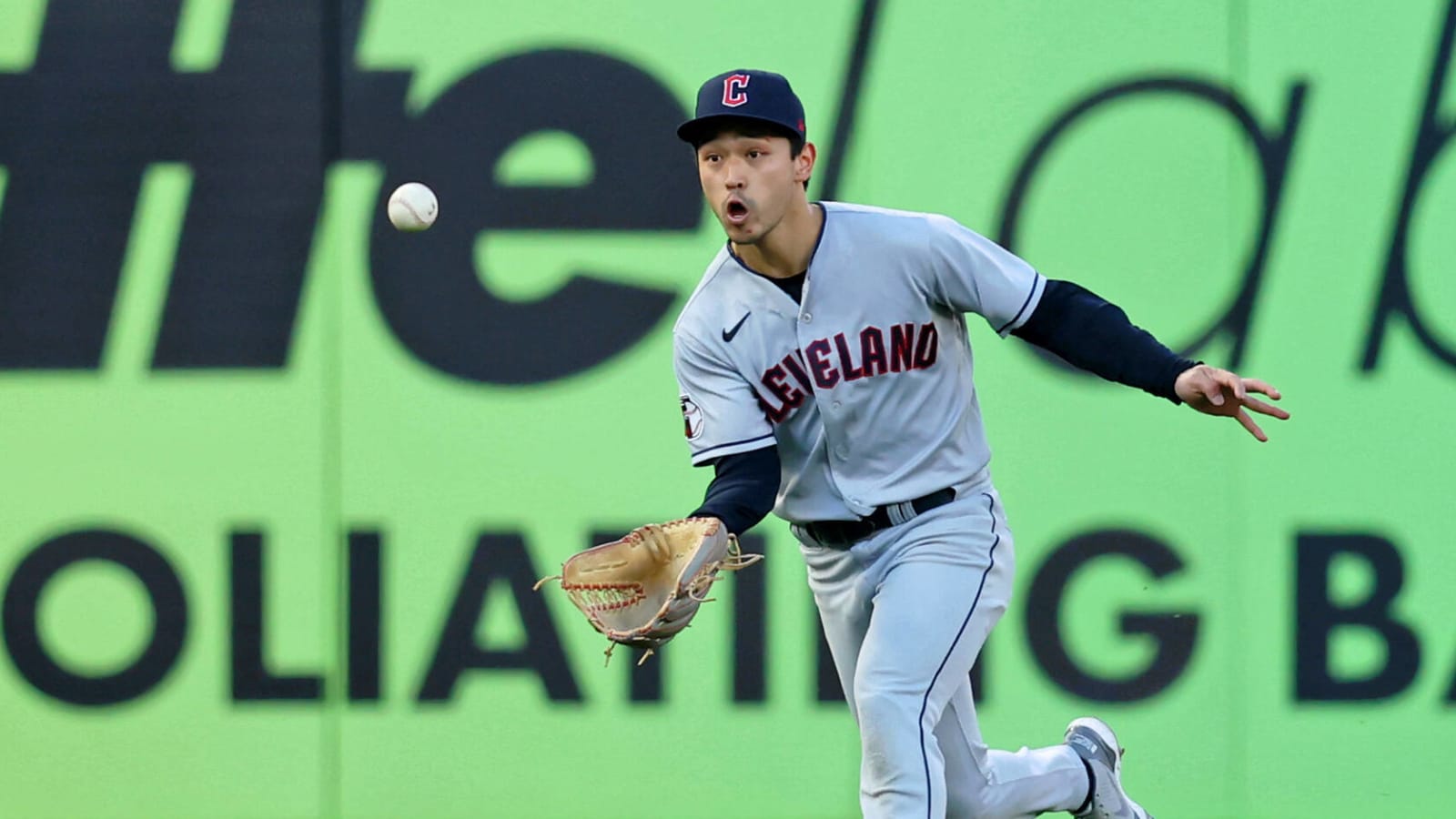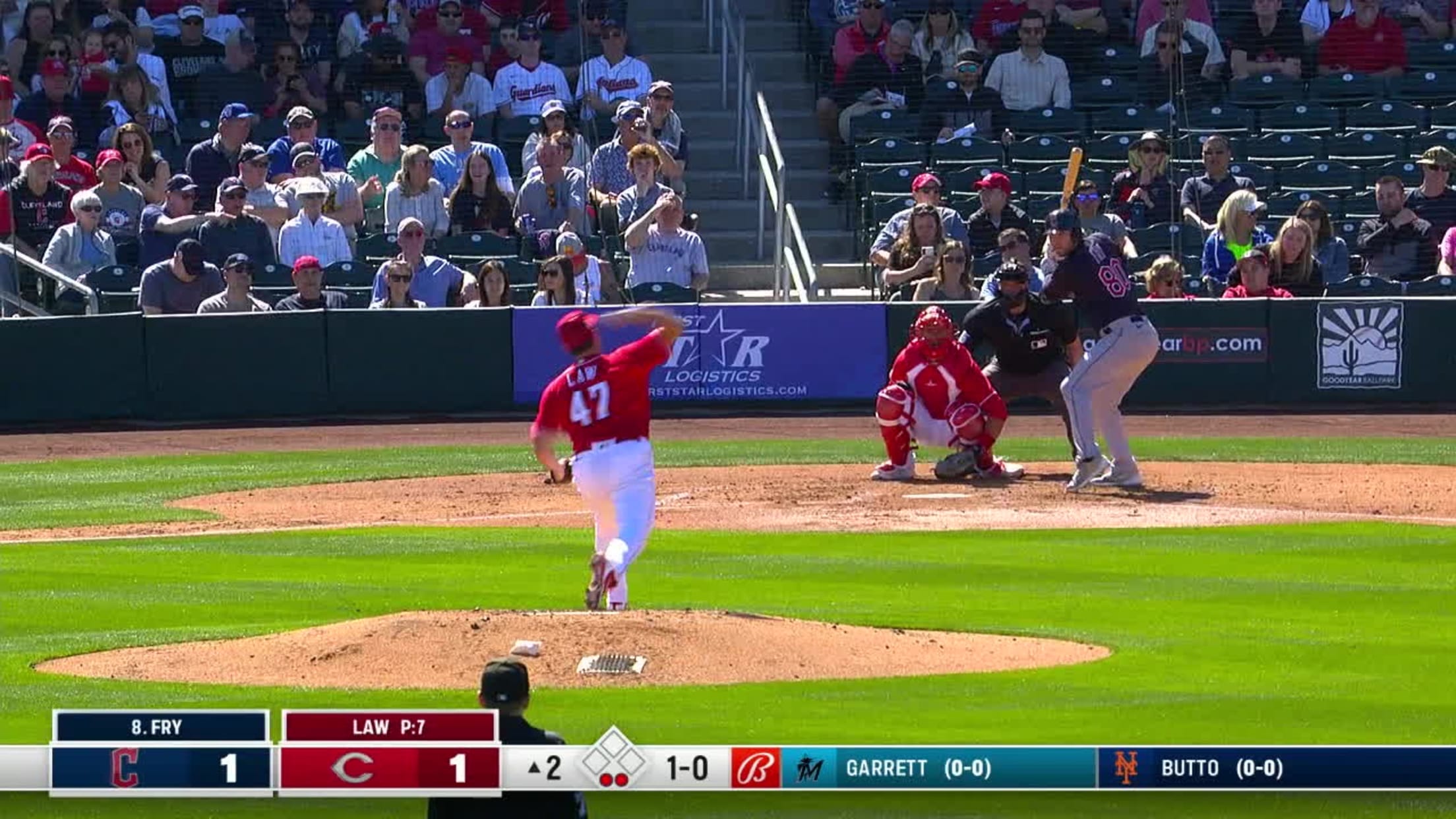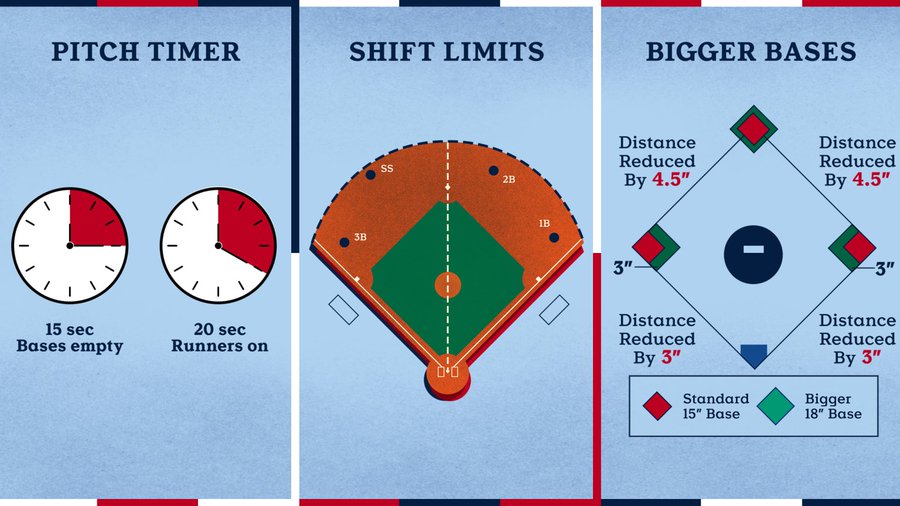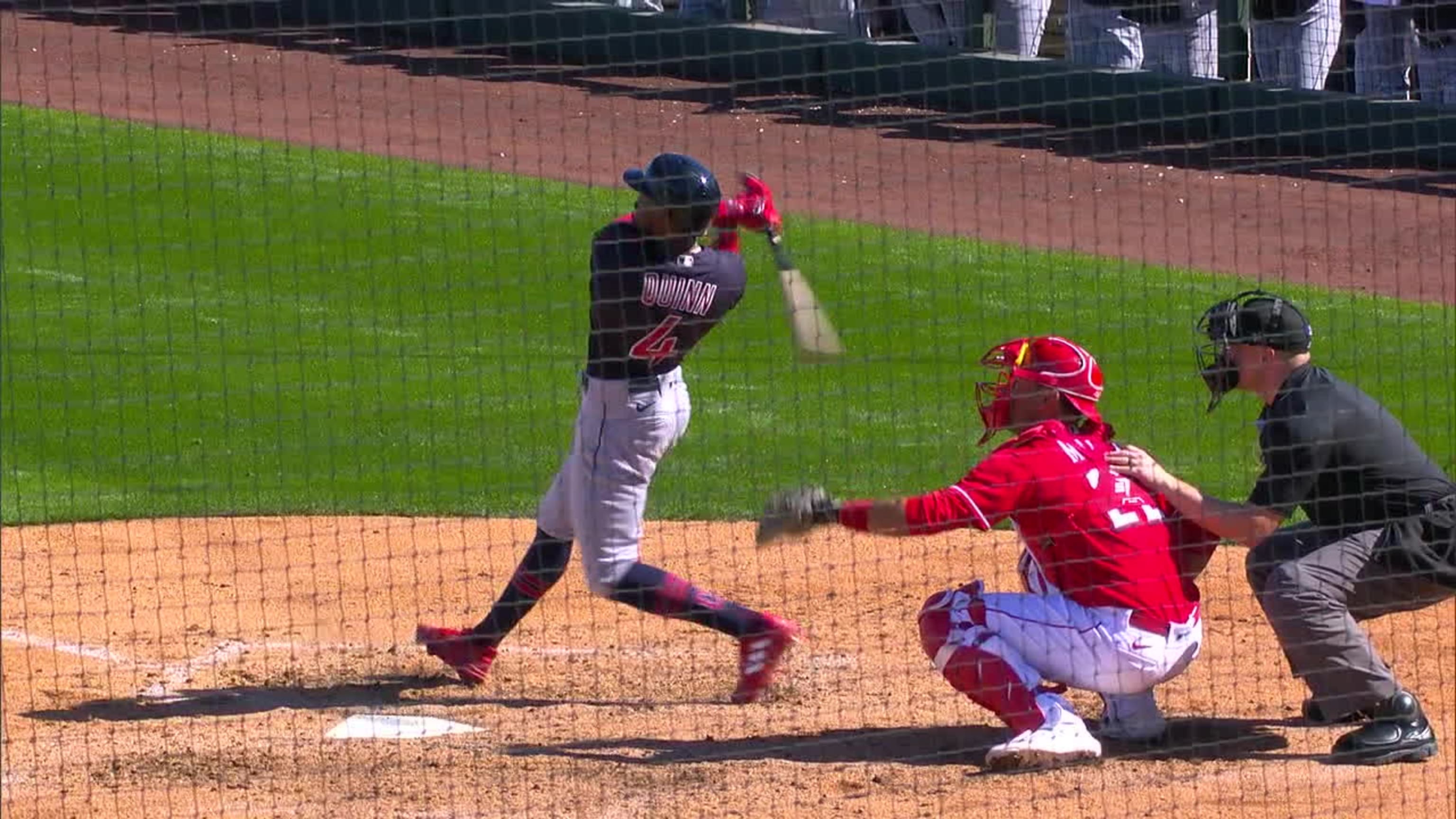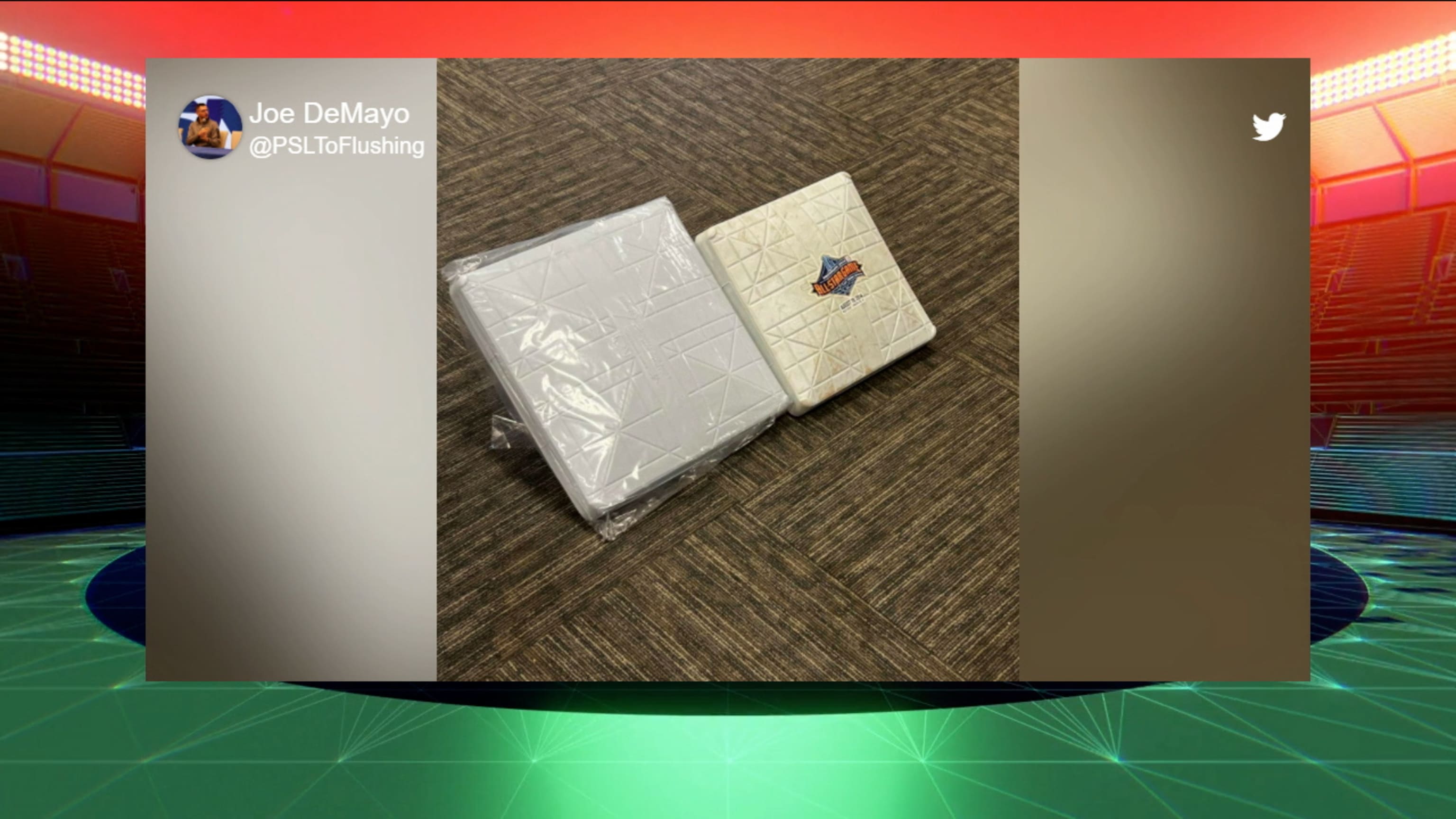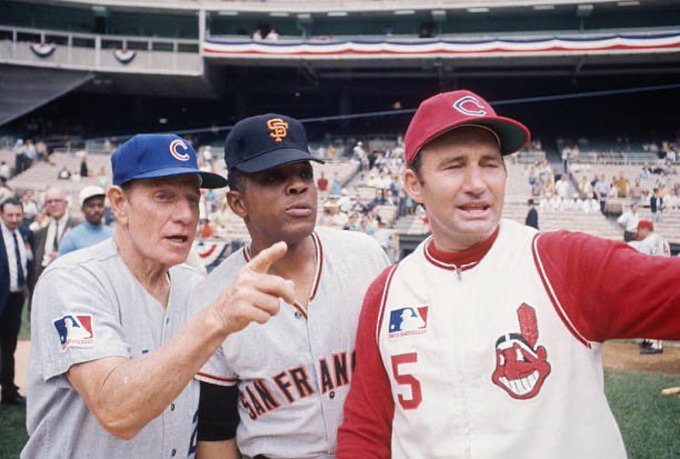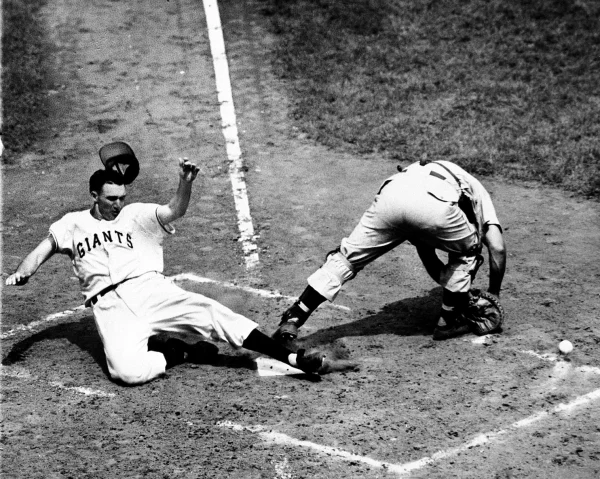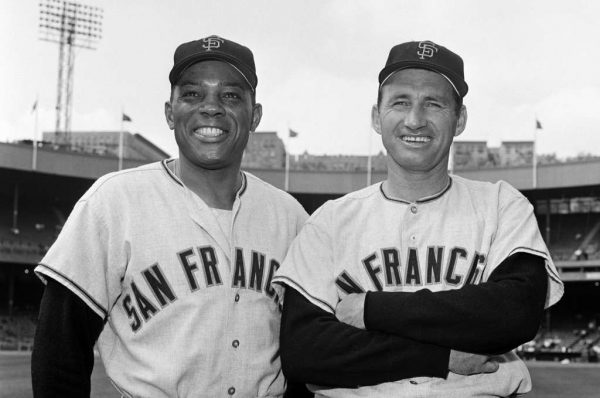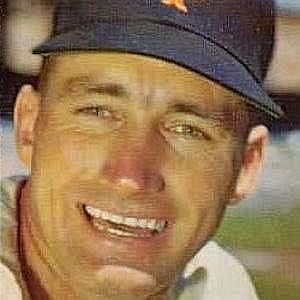Re: Articles
Posted: Sat Feb 25, 2023 1:25 pm

The Cleveland Guardians play baseball today
Morning news and notes for Saturday, Feb. 25, 2023
By Matt Lyons Feb 25, 2023, 9:20am EST
Folks, we made it.
Today is the day that the Guardians baseballers of Cleveland will play their first game of the 2023 spring training season, at 3:05 p.m. ET against the Reds. There’s even a lineup!
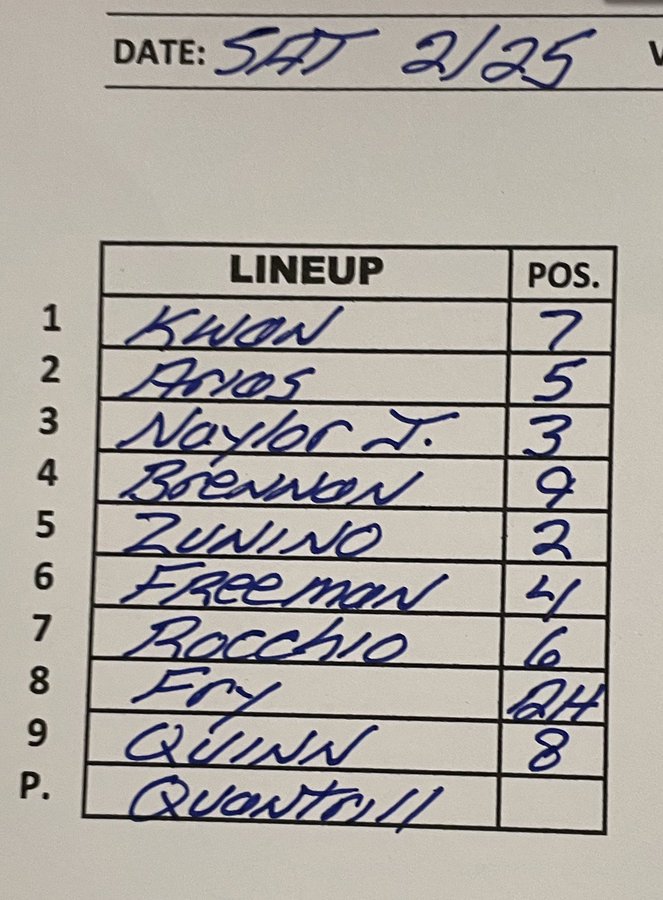
Soak it all in and enjoy the moment. Just don’t take too long to soak, because the pitch clock is here and it isn’t screwing around.
Yes, Friday’s batch of spring training games gave us our first look at the pitch clock at the MLB level, and it’s clear there will be an adjustment period. Manny Machado received the league’s first violation, starting an at-bat 0-1 because he took too long to get ready at the plate.
The Padres broadcast showed a giant clock on-screen, which I can only hope is a temporary thing. I’m all for the pitch clock and speeding up the tempo, but I don’t want to always have an eye on the clock — whether I want to or not — during a baseball game. Thankfully the other game broadcast yesterday, NESN, didn’t have the clock on the screen anywhere.
Overall, we’ll hem and haw a bit, it’ll be all broadcasters talk about for a solid month, then it’ll just fade into the background and we’ll get snappier ballgames without much else changing. Seems good.
Cleveland Guardians news
Straw looks to boost elite defense, speed | MLB
MLB.com interviews keep rolling in, this time with the Guardians’ defensive wizard Myles Straw. One fun note — last year, up to three fielders were allowed to use PitchCom to know what pitches were coming and Straw opted not to use it. And he still finished as one of the best, if not the best, defenders in baseball.
<
GOODYEAR, Ariz. --
Guardians center fielder Myles Straw isn’t exactly a metrics guy, but he knows his value. The reigning American League Gold Glove winner is coming off one of the best defensive seasons in club history, yet he’s already putting in the work during camp to make sure 2023 can be something of a repeat performance -- if not even better.
“I take my pride in defense,” Straw said. “Every day I go out there and I give 100 percent on defense. It translates to the games. When I’m out there, I feel like I’m the best defensive player and I want to leave it that way.”
Even in a crowded AL center-field class that includes defensive maestros Michael A. Taylor (with KC in 2022, now with Minnesota) and Byron Buxton (Twins), Straw managed to stand out last year, covering wide swaths of ground at both Progressive Field and across the league.
Whether one approaches Straw’s 2022 defensive campaign from the traditional methods of measuring defensive efficiency or the new-age analytical approach, there’s a bit of something for everyone: The 28-year-old led all Major League outfielders with 371 putouts and was second with 12 assists, logging a .992 fielding percentage; he also ranked first in ultimate zone rating (13.2) and sixth in defensive runs saved (17).
Straw is entering his first camp with relative positional security, having inked a five-year, $25 million contract extension (with team options for 2027 and '28) in April. While soreness in his right knee will keep him down from the Guardians’ Cactus League opener Saturday, the center fielder has his vision firmly on being out in center on a daily basis once the standings count.
When the PitchCom device was introduced last season to speed up pitcher/catcher communication and simplify the pitch-calling process, three additional fielders (usually middle infielders and center fielders) were given the option to wear the device, as well. Straw opted against it, racking up his impressive defensive campaign without knowing what was coming, instead letting his natural agility take over.
Straw, who wore a device during workouts Friday that measured his sprint speed, agility and reaction time, is ready to impact the game without his mitt on as well.
Once on the move out of the batter’s box, Straw has shown flashes of being a top-tier contributor with his legs. His 29.3 feet per second sprint speed ranked him in the 94th percentile across the league, while he finished eighth in the Majors in bolts (48) -- which includes any run above 30 feet per second -- and 10th in competitive runs (247) last year, a list led by Amed Rosario, with Steven Kwan ranking fifth.
The new rules coming to the Majors this season include a limit on pickoff attempts and disengagements by the pitcher. Once a pitcher has used his allotment of throws to a runner-occupied base, he risks a balk if he's unsuccessful in nabbing a baserunner -- a facet that should work in the favor of speedy runners already inclined to push the tempo. While manager Terry Francona isn’t interested in revealing any in-game strategy, he said that first-base coach Sandy Alomar Jr. will have a large role in determining where and when the Guardians will be looking to attempt a steal.
“I’m always looking to go regardless of rules or no rules,” Straw said. “I think I’m going to stick to the plan, stay aggressive. We've got guys that run in this lineup, guys that slug now -- it’ll be good. There’s going to be a lot of breaking balls, good time to run.”
Straw was successful on 21 of his 22 steal attempts last season, tying him with Phillies catcher J.T. Realmuto for the highest stolen-base percentage (95.5 percent) in the Majors among players with at least 14 steals.
Even with the considerable value that Straw provides with his glove and legs, he’s aware of the struggles he endured offensively last season. The lone qualified batter to not hit a home run in 2022, Straw slashed .221/.291/.273 and posted a 65 OPS+. With that, he has taken seriously his desire to adapt and contribute with his bat as well.
“Let it [rip] early and try not to get deep into counts,” Straw said of his early plan of attack. “Coming into spring, I’m going to look to be aggressive and go from there.”
Last year, Straw swung at just 57.9 percent of pitches that landed in the strike zone, nine points below the league average rate. His first-pitch swing percentage dipped to 22.8, also far below league average (29.5 percent).
With the caveat that plans -- and scouting reports -- can change, a more aggressive approach from Straw could serve to boost the outfielder’s offensive profile, further lengthening an already potentially potent lineup and enhancing his burgeoning all-around value.
Jesse Borek is a reporter/coordinator of prospect content at MLB Pipeline and MiLB. Follow him on Twitter
<
Shane Bieber AMA | Reddit
Shane Bieber took to Reddit for an AMA (ask me anything), and well, these are never particularly insightful. But we did learn what Shane liked to order at his local places during his time at UCSB. He also thinks he would win a Hunger Games-style competition with his teammates. AMA’s get weird sometimes.
Guardians’ Shane Bieber is Shane Bieber again thanks to his 2022 performance | Cleveland
“We need to be careful not to fall into the trap after we exceeded the expectations people had on us last year,” said Bieber. “We had a decent year, but we can’t focus on that. We have to focus on what’s in front of us.”
Around the league
The Pirates haven’t made any more offers to Bryan Reynolds.
Ozzie Albies had shoulder surgery in the offseason.
Masataka Yoshida on his first MLB experience.
CBS Sports’ top 50 prospects for 2023.
Xander Bogaerts wasn’t impressed with the Red Sox’s offer.
Two Guards made the list of FanGraphs’ hitter sleeper candidates.
<
by Ben Clemens
February 24, 2023
Angel Martinez, SS, Cleveland Guardians
Relevant Stats:
Martinez turned 21 a month ago. He tore through the minors last year, splitting time between High- and Double-A and excelling at both levels. He struck out 17.5% of the time, ran a double-digit walk rate, and hit for power while getting on base at an above-average clip. He did so while playing a solid shortstop.
What I Like:
An up-the-middle defender with bat-to-ball skills and at least acceptable extra-base pop? It’s the profile that this series loves most, and doing it at Double-A at age 20 only makes it better. He was far better than league average at both levels without running an aberrant BABIP, and he did it while playing a premium defensive position at a young age. If he weren’t on the Guardians, a team with so many promising young middle infielders that they blot out the sun, he might be on a fast track to the major leagues or at least to an up-and-down role. He even draws walks!
Warning Signs:
It’s the power, basically. His on-paper power production is better than his raw thump, and he could easily end up getting the bat knocked out of his hands at higher levels. He just turned 21, and he’s a switch hitter, so there’s plenty of time for him to develop, but it’s a risk worth keeping an eye on. There’s a reason he’s not a premium prospect despite his track record; if he had true plus power, he wouldn’t be eligible for this list. I still think he’s too good at too many things to miss out on a meaningful major league career, but if I’m wrong, I think it will come down to not enough balls leaving the park.
<
Jhonkensy Noel, RF, Cleveland Guardians
Relevant Stats:
Noel turned 21 last July in the midst of a three-level minor league adventure. He started the year in High-A and made it all the way up to Triple-A for a cup of coffee at the end of the season, clubbing his way through Double-A in the interim. He socked 32 homers and 60 extra base hits overall. He played every corner position on defense, though he might be a first baseman in the long run.
What I Like:
I’m including Noel here as an example of the kind of unheralded power hitter I can get behind. He has had strikeout issues – he posted an abysmal 31.7% strikeout rate in High-A — but also showed improvement after being promoted to Double-A, where his K rate dipped to 22.7%. Noel’s strikeout rate improvement might make the question moot, but the closer he gets to the majors while still being a plus hitter, the less the strikeouts worry me.
Noel has top-of-the-scale power and gets to it often enough in games to make up for any shortfall in approach and bat-to-ball skills. It’s easy to picture how his skill set could come up short, but staying afloat in the upper minors makes me hopeful that he can make it work. Am I worried that his defense gives him little margin for error offensively? Absolutely. But I’m willing to dream on power here.
Warning Signs:
Defense and plate discipline, more or less. That said, uh, those are the two things that this method punishes most severely, so I’m pretty worried about them. It’s easy to imagine what a fail case looks like: enough strikeouts that he hits like down-year Joey Gallo, only minus the excellent defense. Truthfully, I’m highlighting Noel because he bubbled up near the top of my list despite some obvious warning signs. It’s a mark of just how superlative his power is that he’s interesting despite the red flags, which aren’t exactly minor.
<

